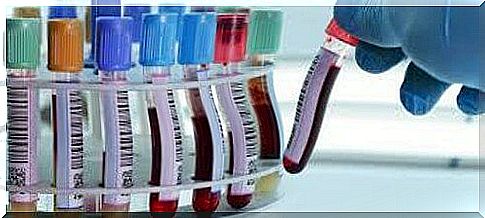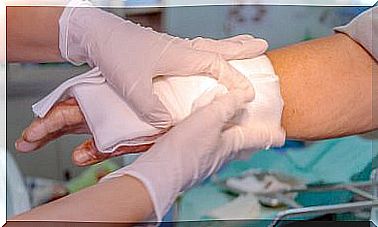What Is Hantavirus?
Hantaviruses are a group of viruses transmitted by rodents that can affect humans and cause serious lung disease.
The genus Hantavirus groups together a large number of viruses transmitted by rodents that cause various human zoonoses, that is, animal diseases that spread and affect man.
Hantaviruses belong to the Bunyaviridae family, which includes other viruses that affect humans, such as the Rift Valley fever virus. Hantaviruses were first isolated in South Korea and from there they spread throughout Asia and Europe.
Hantavirus transmission

Rodents are the main carriers of hantavirus, without being affected by it (they do not suffer from the disease) and can expel the virus through feces, urine and saliva. Viruses can remain viable for up to several days if they are found in humid environments protected by organic matter.
When a person comes into contact with the droppings or secretions of infected mice, as well as aerosols loaded with viral particles, they can contract the infection. They can also be transmitted through damaged skin, by bites, or by ingestion.
Symptoms of hantavirus infections
The symptoms of patients affected by this group of viruses vary depending on the specific causative virus. Thus, infections can be asymptomatic, mild or, on the contrary, generate very serious clinical pictures.
Within the severe cases of the infection, hantaviruses usually cause two types of conditions: hemorrhagic fever with renal syndrome (FHSR) and hantavirus pulmonary syndrome (HPSV).
Hemorrhagic fever with renal syndrome (FHSR)
FHSR usually appears between 1 and 6 weeks after exposure to the viral agent. After this long incubation period, the disease usually appears abruptly. The severity of it is determined by the specific causal agent, with certain species of hantavirus more “harmful” than others.
The initial symptoms, which appear suddenly, are:
- Severe headaches
- Abdominal and back pain
- High fever
- Shaking chills
- Blurry vision
- Nausea and vomiting

This initial stage of the disease lasts about a week and after it, the kidney symptoms of the disease begin to appear. Hypotension, vascular loss, acute kidney failure, shock and even death occur .
However, in most cases the patient recovers normal kidney function in several weeks or months. A low percentage of affected people suffer from certain complications, which can lead to chronic kidney failure.
Hantavirus pulmonary syndrome (HPS)
The initial phases of the SPHV are very similar to those of the FHSR. The affected person suffers from fever, headache, muscle pain, chills, vomiting and, in many cases, muscle and joint pain. After this initial stage, respiratory symptoms appear abruptly, such as:
- Cough
- Tachypnea (increased respiratory rate)
- Pulmonary edema
- Respiratory insufficiency
- Hypotension
- Hypoxia
Likewise, heart conditions such as tachycardia, bradycardia or ventricular fibrillation may appear, which means that patients must be quickly hospitalized and often require mechanical ventilation.
Although there is a low percentage of cases in which the affected person dies, most patients recover normal lung function during a long convalescence phase.
Diagnostic tests
Hantavirus infection is usually diagnosed by performing serological tests on the patient. These tests are intended to detect the presence of specific antibodies for the virus or viral antigens (particles), which would denote the existence of the infection.

Other tests widely used today are based on the detection in blood of the viral genetic material itself. Very specific tests can reveal the presence of small amounts of the virus genome and analyze it to determine which viral species it belongs to.
Hantavirus treatment
Currently, there is no specific treatment for hantavirus infections. Neither have it been possible to develop effective vaccines against it, although research continues on them.
Due to this, the treatments implemented in infected patients are based on supportive measures, focused on alleviating the symptoms of FHSR and SPHV. Trying to avoid, primarily, the neuronal damage caused by the virus.
Generally, patients affected by hantavirus are hospitalized in the Intensive Care Unit (ICU). There, treatments include:
- Oxygen.
- Breathing tube or even respirator.
- Special machines to oxygenate the blood.
- Other supportive care to treat symptoms.
To consider
Hantavirus is a serious infection that can get serious in a short time, quickly. When the patient has lung failure, the risk of death is higher. Even with intensive treatment, more than half of the patients with this lung disease die.









